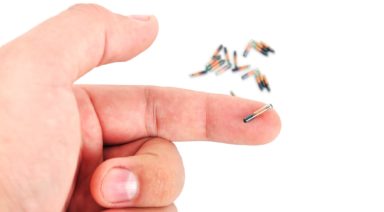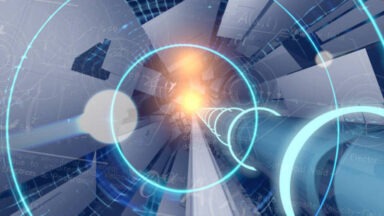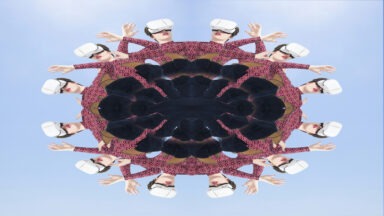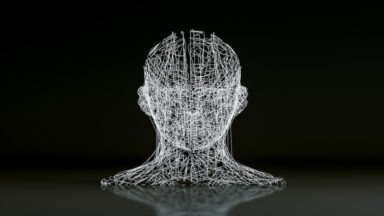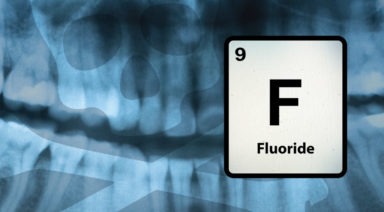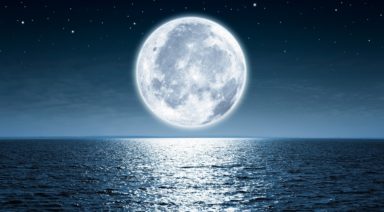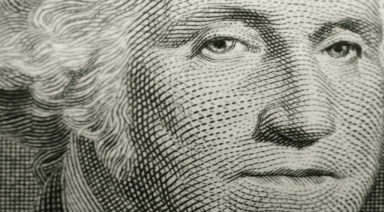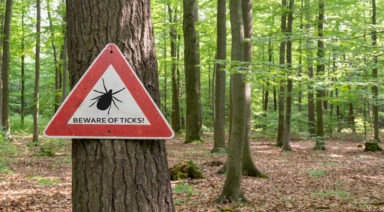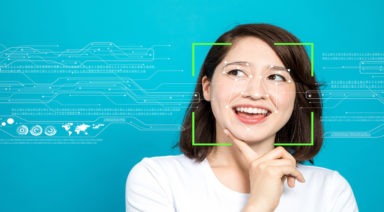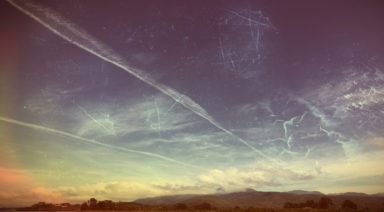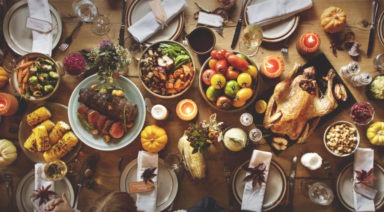Scientists Successfully Create Brain Interface That Improves Memory

Cognitive-boosting prosthetics are quickly becoming a reality as doctors are seeing success with a neural interface that improves memory function by stimulating electrodes implanted in the brain.
This “closed-loop hippocampal neural prosthesis” has moved from testing on rodents, to actual human application with positive results. The device works by sending electrical signals from an apparatus outside the body to electrodes internally connected to the hippocampus, a seahorse-shaped part of the brain that plays a major role in memory.
Researchers involved in the program describe their approach as aiming to use patient’s own neural codes for memory through a closed-loop system in which electrical signals are exchanged instantaneously.
Patients using the system showed a 37 percent improvement in short term memory tests. Scientists were even more surprised to find that long-term memory of 30 to 60 minute intervals had also improved by a similar 35 percent.
But these electrical zaps weren’t just random stimulation. Researchers carefully recorded where and when specific regions of the patients’ brains reacted when performing tasks involving the use of memory, and carefully tailored electrical pulses to induce a similar response.

The team originally tested their method on brain tissue, before moving on to rodents, and then monkeys. Now, with their success in humans, they will continue to develop the technology in hopes of someday having a fully implantable apparatus to boost cognitive function.
One of the members of the team touted memory as being part and parcel of one’s personality. Our collection of memories in life certainly play an important role in individuality allowing us to recall experiences that shape our lives.
The team hopes this technology could one day help restore memory function to those affected by drugs, disease, and brain injury.
Their success in memory enhancement comes at a time when interest in cognitive boosting technology is piquing. A number of scientists have been working on mapping out the brains’ neurological connections in hope of developing computer-brain interfaces for superhuman neurological function.
Elon Musk is currently invested in a project called Neuralink, a neural mesh laid over the brain, merging AI with human cognition. Musk says the concept would ideally improve the speed of connection between the brain and one’s digital self, focusing particularly on output.
With the recent success of this closed-loop hippocampal prosthesis, it wouldn’t be too far-fetched to expect some investment from Silicon Valley in the future.
Can You Really Charge a Crystal to Resonate Positive Energy?

It’s rare to have figured out and planned your career path in childhood, let alone a career within a niche subset of a scientific field, but that is exactly what Marcel Vogel did, having synthesized phosphors at the age of 12. In adulthood, he became a successful researcher for IBM with over 100 patents before he produced his seminal invention, the eponymous “Vogel Crystal,” used for dowsing, healing, and myriad metaphysical purposes.
Vogel had a near-death experience after suffering pneumonia at age six. After being pronounced dead, he was revived saying he experienced love and light while his heart stopped. This caused Vogel to struggle to assimilate back and reconcile with his life afterward. He soon found himself on an existential journey to which he found the answer after extensive praying. He said a voice told him he would be a phosphor chemist and make advancements in luminescence, a path he diligently followed.
Vogel worked for IBM for 27 years, creating the magnetic coating for hard disks used in all IBM computers — an invention that came to him in a dream. But it wasn’t until he was exposed to the work of Cleve Backster and his paper, “Do Plants Have Emotions?” that Vogel switched his focus of study to the power of crystals for spiritual use.
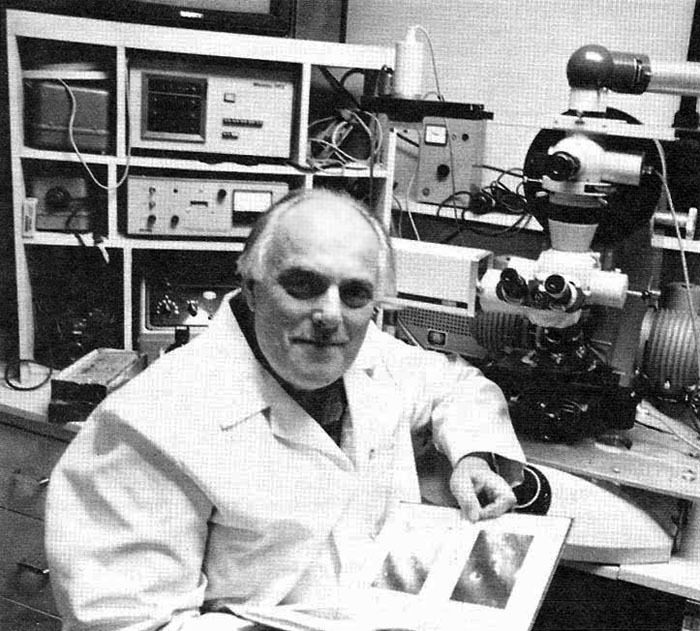
Source: marcelvogel.org





